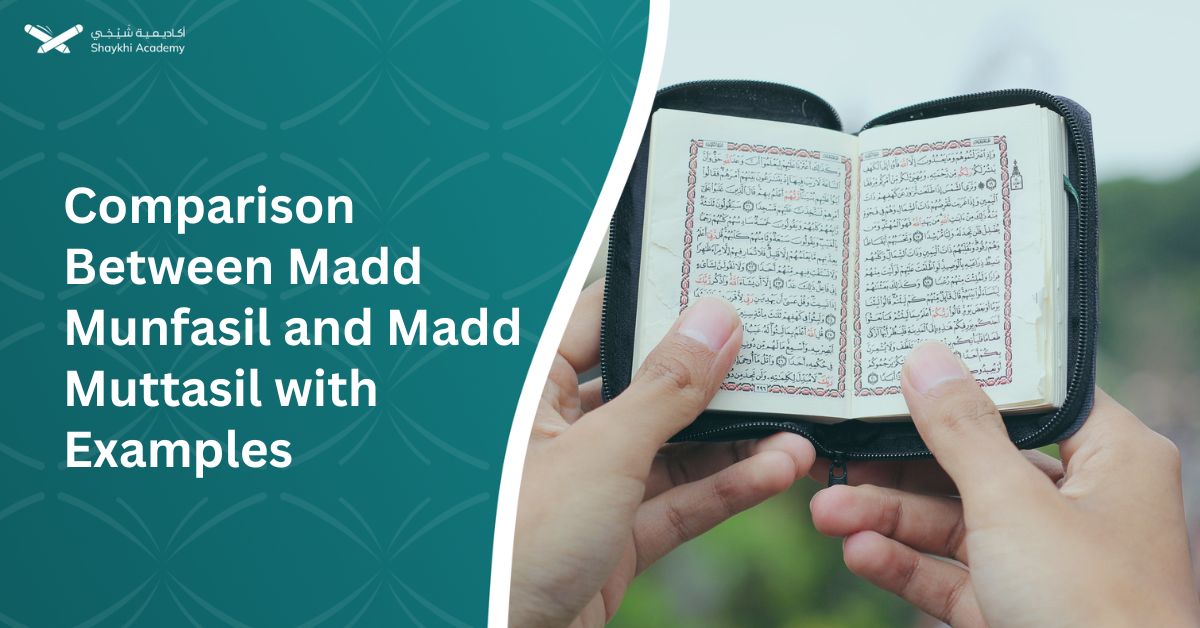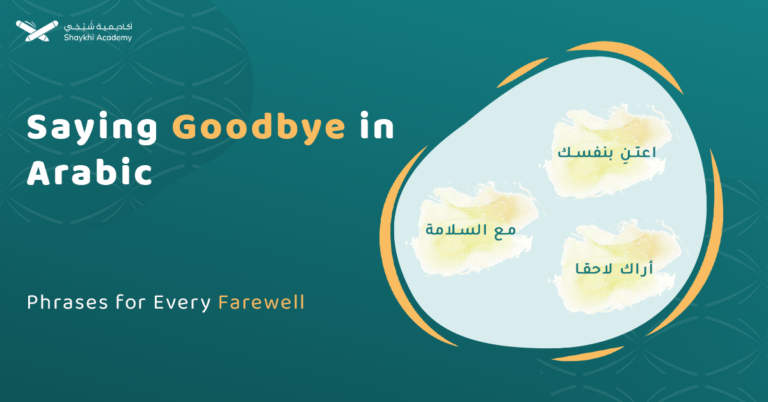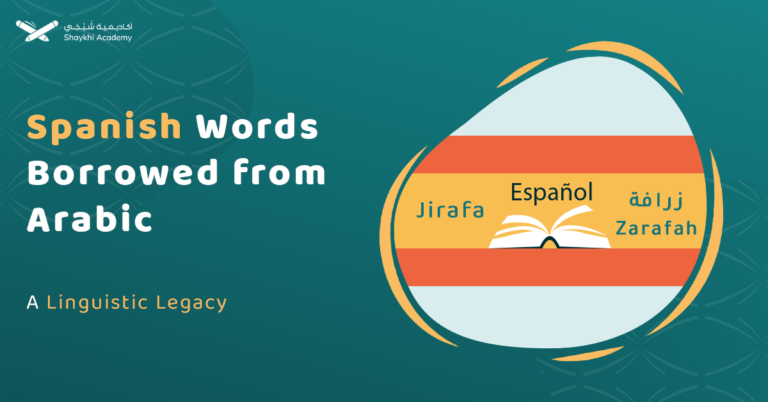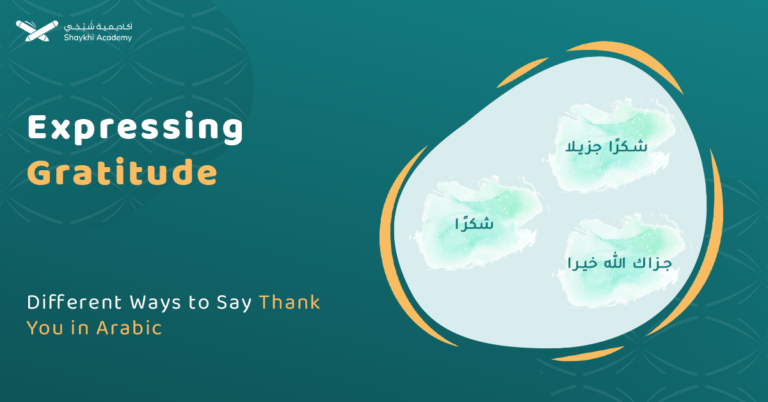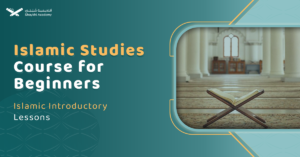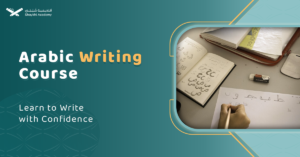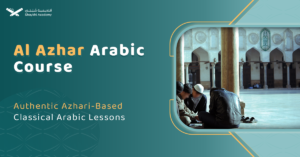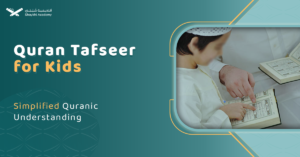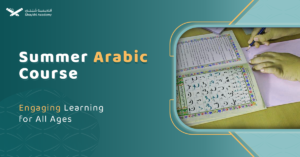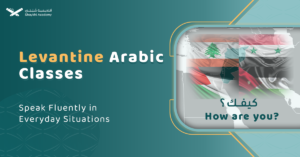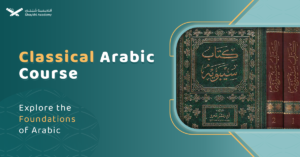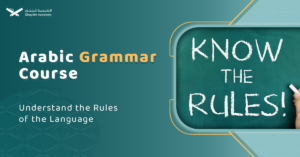In the realm of Tajweed, the correct pronunciation and elongation (مَدّ, “madd”) of Quranic verses are foundational skills that enhance both the beauty and the precision of recitation.
Madd, categorized into various types, plays a pivotal role in ensuring the proper articulation of vowels and consonants, thereby preserving the integrity of the Quran’s text.
This article aims to provide a thorough comparison between two significant categories of madd: Madd Munfasil (مد منفصل) and Madd Muttasil (مد متصل).
Beginning with definitions and types, we will explore the distinct rules governing each type’s application, supplemented by clear examples drawn directly from the Quran. Furthermore, practical insights into learning and mastering these rules will be discussed, offering readers a comprehensive guide to refining their Quranic recitation skills.
By delving into these aspects, readers can deepen their understanding of Tajweed principles and appreciate how meticulous attention to madd enhances the spiritual and aesthetic dimensions of Quranic recitation.
Comparison Between Madd Munfasil and Madd Muttasil
The main difference between Madd Munfasil and Madd Muttasil is their occurrence in relation to word boundaries. Madd Munfasil (separate lengthening) occurs when a vowel (alif, waaw, or yaa) at the end of one word is followed by a hamza at the beginning of the next word, leading to an extension between the two words. This type of elongation is characterized by its separation of words and can be lengthened in various degrees based on different recitation styles.
In contrast, Madd Muttasil (connected lengthening) occurs within the same word when a hamza follows a lengthening letter, such as in “السماء” (the sky). This type of elongation is mandatory and must be extended by four, five, or six movements, especially when stopping at the end of a word. Unlike Madd Munfasil, Madd Muttasil connects the lengthening letter and the hamza within a single word, making the elongation obligatory.
Here is a summarising table:
| Feature | Madd Mutasil (المد المتصل) | Madd Munfasil (المد المنفصل) |
| Definition | Hamza follows a Prolonging letter within the same word. | Prolonging letter separated from hamza in different words. |
| Examples from the Quran | (ماء – السماء – أولياء – الملائكة – سيء – سوء) | (إنا أنزلناه – قالوا إنا – إني أنا) |
| Rule of Madd | Mandatory | Permissible |
| Length | 4, 5, or 6 movements. | 2, 4, or 6 movements. |
These examples demonstrate how madd munfasil and madd muttasil are applied in Quranic verses, enhancing both pronunciation and meaning.
Madd Munfasil and Muttasil Definition
| Feature | Madd Munfasil (Separate Prolonging) | Madd Muttasil (Connected Prolonging) |
|---|---|---|
| Definition | Elongation occurs when a vowel (ا) or semi-vowel (و, ي) ends a word and is followed by a hamza (ء) at the beginning of the next word. | Elongation occurs when a hamza (ء) follows a vowel or semi-vowel (ا, و, ي) within the same word. |
| Also Known As | Division Prolonging, Expansion Prolonging, Consideration Prolonging, Letter-to-Letter Prolonging | Connected Prolonging |
| Prolongation Position | Between two separate words | Within the same word |
| Elongation Duration | 2, 4, or 5 counts (depending on recitation style) | 4 or 5 counts |
| Example | إِنَّا أَنزَلْنَاهُ (Alif followed by hamza in the next word) | وَالسَّمَاءَ (Alif followed by hamza in the same word) |
| Ruling | Permissible (Jaiz) – Can be shortened or lengthened | Obligatory (Wajib) |
| Connection | The Prolongation letter and hamza are in separate words | The Prolongation letter and hamza are within the same word |
Types of Madd Muttasil and Madd Munfasil
| Madd Muttasil (Connected Prolonging) | Madd Munfasil (Separated Prolonging) |
|---|---|
| 1. Interrupted Prolonging (المد العارض للسكون) | 1. Major Link Prolonging (مد الصلة الكبرى) |
| 2. Replacement Prolonging (مد البدل) | 2. Pronoun H Prolonging (مد هاء الضمير) |
| 3. Necessary Prolonging (المد اللازم) | 3. Plural M Link Prolonging (صلة ميم الجمع) |
| 4. True Separation (المد المنفصل الحقيقي) | |
| 5. Ruling Separation (المد المنفصل الحكمي) |
Types of Madd Munfasil:
Separated elongation (مد المنفصل) is a type of elongation that occurs between two letters, one at the end of a word and the other at the beginning of the following word.
It is divided into five main categories: Major Link Elongation (مد الصلة الكبرى), Pronoun H Elongation (مد هاء الضمير), Plural M Link Elongation (صلة ميم الجمع), True Separated Elongation (المد المنفصل الحقيقي), and Ruling Separated Elongation (المد المنفصل الحكمي).
1. Major Connection Prolonging (مد الصلة الكبرى) in the Pronoun “هاء” (Haa) of Elision:
Occurs when the pronoun “هاء” is followed by a hamza, such as in verses:
يُبَدِّلُونَهُ و إِنَّهُ yubaddiloonahu wa innahu (Al-Baqarah 181)
وَأَمْرُهُ و إِلَى wa amruhu wa ila (Al-Baqarah 275)
عِنْدَهُ و أَجْرٌ عَظِيم indahu wa ajrun adheem (At-Tawbah 22)
مِنْ عِلْمِهِ ى إِلاَّ min ilmihi illa (Al-Baqarah 255)
وَمِنْ آيَاتِهِ ى أَنْ خَلَقَكُمْ مِنْ تُرَابٍ wa min ayatihi an khalaqakum min turabin(Ar-Rum 20)
2. Additionally, the “هاء” of connection can apply to the demonstrative pronoun “هذه” if it is followed by a hamza, as in:
إِنَّ هَذِهِ ى أُمَّتُكُمْ inna hadhihi ummatukum (Al-Mu’minun 52)
3. Connection of the “ميم الجمع” (Mim of Plural) with a Following Hamza:
Occurs when the “ميم الجمع” is followed by a hamza, such as in:
أَأَنْذَرْتَهُمْ أَمْ a andhartahum am (Al-Baqarah 6)
4. Hypothetical Separation (المنفصل الحقيقي):
Occurs when the elongation vowel or semi-vowel is omitted in writing but pronounced, such as:
The vocative “ياء” in يإبْرَاهِيمُ ya ibraahimu (Ghafir 44) or يأَيها النَّاسُ اتَّقُوا رَبَّكُمْ ya ayyuha al-naasu ittaqu rabbakum (An-Nisa’ 1)
The alerting “ها” in هَأَنْتُمْ هَؤُلَاءِ ha antum ha ulaa (Aal-e-Imran 66)
5.True Separation (المنفصل الحكمي):
Occurs when the elongation vowel or semi-vowel is separated from the hamza according to the script and called (Madd Jaez Munfasil), such as:
إِنَّا أَنْزَلْنَاهُ inna anzalnahu (Al-Qadr 1)
قَالُوا إِنَّا qaloo inna (Al-Baqarah 11)
إِنِّي أَنَا inni ana (Taha 12)
Types of Madd Muttasil:
Connected elongation (المد المتصل) is a type of elongation that occurs between two letters within the same word. It has several types, including Temporary Sukun Elongation (المد العارض للسكون), Replacement Elongation (مد البدل), and Obligatory Elongation (المد اللازم).
1. Interrupted Prolonging (المد العارض):
Definition: This occurs when a Prolonged letter or a semi-vowel is followed by a letter that becomes temporarily silent due to a pause. It is called “interrupted” because the last letter in the word becomes silent due to the pause. If connected, it becomes natural Prolonging.
Ruling: Three options are permissible: shortening (two movements), medium Prolonging (four movements), and full Prolonging (six movements).
Example: The “ياء” in الحمد لله رب العالمين alhamdu lillahi rabbil alameen.
2. Replacement Prolonging (مد البدل):
Definition: This occurs when a hamza precedes a Prolonging letter within the same word, without a hamza or silence following the Prolonging letter.
Examples: آمنوا aamanu – إيمانا imana – أوتوا awtu
Ruling: It is lengthened for two movements, like natural Prolonging. Some readers treat it like interrupted Prolonging.
3. Necessary Prolonging (المد اللازم):
Definition: This occurs when a Prolonged letter is followed by a necessary silence, both when connected and when stopped. This applies to words like الحاقة al-haqqa – الضالين al-dhalleen – الآن al-aan or letters like those at the beginning of some surahs.
Ruling: Necessary Prolonging must be extended for six movements without variation. It is also mandatory because its cause (silence) is present both when connected and when stopped.
By understanding and applying these advanced Tajweed rules, readers can significantly improve their Quranic recitation, ensuring both beauty and precision in their practice.
Ruling OF Madd Munfasil (أحكام المد المنفصل)
The ruling on Prolonging in these cases is permissible due to the varying opinions of readers on whether to shorten or elongate. Those who read it with shortening do not consider the hamza because it is not present when stopping.
Those who read it with more than natural elongation consider the hamza when connecting. All cases share the same ruling regarding the amount of elongation during connection.
When stopping at true separation, it becomes like natural elongation for all readers because the absence of the hamza during stopping justifies shortening. Conversely, the presence of the hamza during connection justifies elongation.
Therefore, the hamza’s absence during stopping nullifies the extra elongation.
In hypothetical separation, the extra elongation remains in both connection and stopping because it is not possible to stop at the vocative “ياء” without separation.
For the “هاء” of elision and “ميم الجمع,” the elongation is fixed during connection only, but it is omitted during stopping because both the “هاء” and “ميم” become silent upon stopping, nullifying the connection.
Degrees of Separate Prolonging
There are five degrees of separate Prolonging :
- Pure shortening (two movements)
- Slightly above shortening
- Medium elongation
- Slightly above medium elongation
- Long elongation
Rules of Madd Muttasil
Connected Prolonging is mandatory (Wajeb), with a length of four, five, or six movements when stopping if it occurs at the end of a word.
Madd Munfasil and Muttasil Examples
| Type | Madd Munfasil (Separated Prolonging) | Madd Muttasil (Connected Prolonging) |
|---|---|---|
| 1. Major Link Prolonging | Example: يُبَدِّلُونَهُ وَإِنَّهُ (Al-Baqarah 181) | Example: ماء (ma’a) – Water |
| 2. Pronoun H Prolonging | Example: إِنَّ هَذِهِ أُمَّتُكُمْ (Al-Mu’minun 52) | Example: السماء (al-sama’) – The sky |
| 3. Plural M Link Prolonging | Example: أَأَنْذَرْتَهُمْ أَمْ (Al-Baqarah 6) | Example: أولياء (awliyaa’) – Guardians |
| 4. True Separation | Example: يا إبراهيم (Ghafir 44) | Example: الملائكة (al-mala’ikah) – Angels |
| 5. Ruling Separation | Example: إِنَّا أَنْزَلْنَاهُ (Al-Qadr 1) | Example: سيء (sayyi’) – Bad |
| 6. Interrupted Prolonging | (Not applicable in Madd Munfasil) | Example: الحمد لله رب العالمين (alhamdu lillahi rabbil alameen) |
| 7. Replacement Prolonging | (Not applicable in Madd Munfasil) | Example: آمنوا (aamanu) – They believed |
| 8. Necessary Prolonging | (Not applicable in Madd Munfasil) | Example: الحاقة (al-haqqa) – The Inevitable |
Enhance your Quranic recitation with Shaykhi Academy:
Our academy offers comprehensive courses meticulously crafted to deepen your understanding of Tajweed principles, including the intricate rules of madd munfasil and muttasil.
Whether you are a beginner or looking to refine your skills, Shaykhi Academy provides expert instruction tailored to meet your learning needs.
By enrolling at Shaykhi Academy, you will benefit from:
- Expert Instruction: Learn from qualified instructors with extensive experience in Tajweed and Quranic studies, ensuring you receive the highest quality education.
- Personalized Feedback: Receive constructive feedback on your recitation, guiding you to improve and perfect your pronunciation and application of Tajweed rules.
- Supportive Learning Environment: Engage in a supportive community of learners passionate about Quranic recitation, fostering a collaborative atmosphere for growth and improvement.
- Flexible Learning Options: Tailor your learning experience to fit your schedule and pace, with online courses designed to accommodate busy lifestyles without compromising on educational quality.
Join us at Shaykhi Academy to embark on a transformative journey towards mastering the melodious recitation of the Quran. Whether you seek spiritual enrichment or linguistic mastery, our courses provide a pathway to deepen your connection with the Quran and uphold the beauty of its recitation.
Why Choose Shaykhi Academy?
- Connect with highly qualified native tutors.
- Flexible scheduling to suit your busy lifestyle.
- Affordable classes tailored for all levels.
- Accessible from anywhere around the globe.
Discover Our Range of Courses:
- Arabic Noorani Qaida: Lay a solid foundation for Quranic studies.
- Online Quran Classes for Kids: Engaging lessons for lifelong learning.
- Tajweed Rules for Kids: Learn to recite with confidence.
- Quran Hifz for Kids: Step-by-step guidance to memorize the Quran.
- Quran for Adults: Introduce yourself to Quran reading and Tajweed rules.
- Online Arabic Courses: Master the language of the Quran.
- Islamic Studies: A wide range of topics related to Islam, including theology, law, Quranic studies, and Hadith.
Don’t Miss Out on Your Chance to Excel! Whether you’re a beginner or seeking advanced knowledge, Shaykhi Academy can guide you! Book your free trial now

Conclusion
Mastering madd munfasil and madd muttasil is not merely about technical proficiency but about enriching one’s spiritual connection with the Quran. These rules, rooted in the linguistic and rhythmic structure of Arabic, guide reciters in conveying the divine message with clarity and reverence.
By practicing the examples provided and understanding the nuanced rules discussed, learners can aspire to recite the Quran with fluency and correctness, thereby fulfilling the Sunnah and embodying the essence of Islamic tradition.
The journey to mastery requires dedication and perseverance, yet the rewards are profound: a deeper appreciation of the Quran’s beauty and an enhanced ability to convey its profound meanings. Through continuous study and application, may we all strive to uphold the sanctity of the Quran in our recitations and spiritual journeys.
